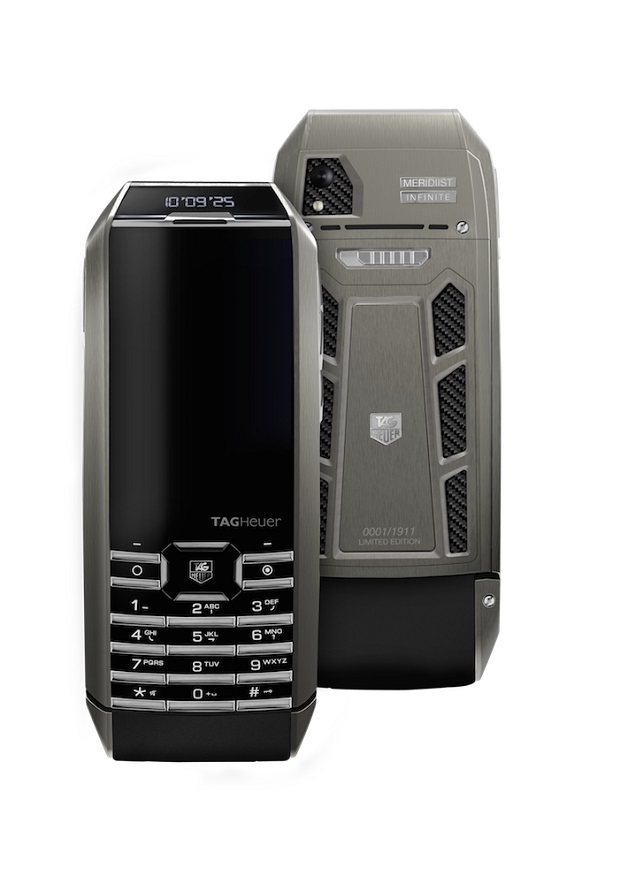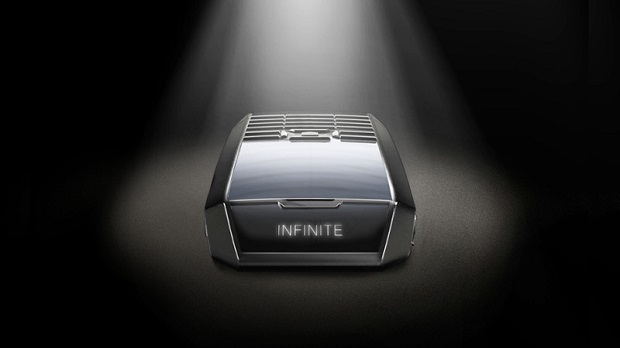Owners of mobile devices know how important battery life is in emergency situations, especially now that the TSA says no to discharged smartphones and tablets. TAG Heuer’s phone is a dream come true, only if didn’t have such a steep price.
TAG Heuer made a name for itself in the world of watchmakers, and now it wants to try its luck at making phones, as well. Meridiist Infinite, as this first attempt is called, means to be a device that people don’t throw away after a couple of years. Well, after dropping $12K on a phone, I’d keep it even as presse-papier when its technology became obsolete.

Stanislas Dupuydauby, brand manager at Tag Heuer, enforced that idea by saying that “Products become obsolete very quickly and are often lacking in quality. The time has come for a mobile phone to be endowed with a sense of permanence.”
So how does Meridiist Infinite achieve this unique feat? It’s quite simple, actually. The smartphone draws its infinite power from light, both natural and artificial. While the concept is easy to grasp, that doesn’t mean that it didn’t pose a challenge for the Swiss watchmaker, as Dupuydauby mentions: “The main challenge was designing a solar cell able to bring enough power to charge the mobile phone.”

Sunpartner Technologies, a French company, offered TAG Heuer a helping hand in the form of WYSIPS, which stands for “what you see is a photovoltaic surface.” Moreover, the French company plans to insert photovoltaic cells into textiles, which would really be great. Dr. Yang Yang, an engineering professor at UCLA, said about Sunpartner’s initiatives that “In the future, you could have a surfboard laminated with transparent solar cells. It could be used as a power collector, generating solar energy when you’re not using it for surfing.”
“So where’s the catch?” I hear you ask. Besides having an exorbitant price, this little piece of innovative technology has yet another major drawback: it’s a feature phone that lacks GPS sensors, Internet access and all the apps that make a typical smartphone great. Despite that, Dupuydauby is pretty optimistic about TAG Heuer’s first step in the telecommunications world: “The potential future applications are numerous. The phone could maintain a permanent battery reserve. So, critical applications would be guaranteed, even if the battery is dead: remote payments or e-boarding passes, for example.”
Be social! Follow Walyou on Facebook and Twitter, and read more related stories about StoreDot’s fast-charging smartphone battery and these daisy-chained solar panels that charge batteries.










